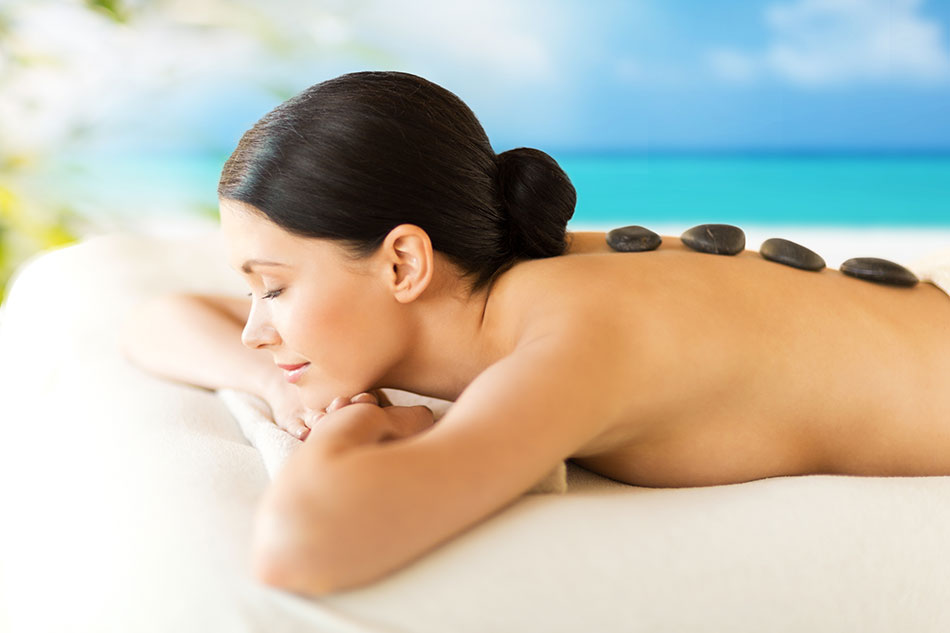 How Bodywork Helps Depression
How Bodywork Helps Depression
Many of us are fortunate enough to know that massage therapy is beneficial for sport injuries and muscle soreness. What you may not know is that many types of bodywork can also be effective for mental health. Moreover, there’s a large body of research that shows bodywork can be helpful for depression. It is being increasingly recognized as a method to promote overall well-being and a positive balance between mind and body.
Bodywork is a broad term for many different kinds of therapeutic touch, including massage, acupuncture, acupressure, and chiropractic. In fact, there are almost 300 massage and bodywork methods.
The terms massage and bodywork are often used interchangeably. However, bodywork is an umbrella term which includes many interventions including massage. Bodywork includes just about any form of touch/healing therapy aimed at improving a person’s energy, physical structure and mind-body connection.
Bodywork ranges from very gentle energy work where the therapist uses light touch to uncomfortable modalities such as acupressure. Bodywork methods are typically aimed at reeducating the body’s patterns so that the whole person functions better.
Most types of bodywork share similar goals, such as relief from pain, improved physical functioning, more freedom of movement, a balanced mind, and a heightened sense of body awareness, vitality, and well-being. They also stress active participation in health and wellness.
Stress and the challenges of daily life can affect our mind-body connection. For example, tension caused by stress, anxiety or fatigue can build up causing muscle pain, cramps, headaches, joint pain and inflammation. For many people, this can lead to feelings of depression. Regular bodywork can help alleviate many of these symptoms and improve mood.
Acupressure and Depression
Acupressure is a therapeutic intervention that has its roots in Traditional Chinese Medicine (TCM) and is based on the same meridian theory used in acupuncture. However, rather than using needles, acupoints are typically stimulated using pressure from fingers, hands, elbows or, in some cases, by devices. Perhaps the best known form of acupressure is cupping. Cupping involves placing cups on the skin to create suction, believed to facilitate healing with blood flow.
Acupressure has innumerable therapeutic applications. In conventional Western medicine, it’s an attractive non-drug intervention because of its low risk and cost, and the fact that it can often be self-administered. Over the last decade, research methodology on acupressure has improved, prompting several systematic reviews.
A 2014 study at the University of Malaya investigated whether acupressure could help patients with end stage renal disease who were on hemodialysis. This population is affected by both physiological and psychological stressors, which contribute to poor quality of life and negative clinical outcomes. In the study, depression, anxiety and stress were highly prevalent among the patients. The researchers were hopeful that acupressure would promote psychological wellbeing.
Findings indicated that acupressure therapy delivered three times a week for four weeks was able to significantly reduce depression, anxiety and stress. The positive findings suggested that acupressure has a role in reducing depression and anxiety.
A study at the University of Michigan in 2014 found that acupressure helped alleviate depression in women after breast cancer treatment. The researchers found that women who had been treated for breast cancer reported improvements in depression, anxiety, sleep and pain after using acupressure. The study looked at the 288 patients who reported multiple symptoms. Participants were women who had been treated for stage 0 to stage 3 breast cancer with treatment ending at least 12 months prior. The women were randomized into three groups: relaxing acupressure, stimulating acupressure and usual care. Relaxing acupressure is generally used to treat insomnia, while stimulating acupressure is used to increase energy. The difference dictates which points on the body are stimulated during acupressure.
References
Hanusch KU, Janssen CH, Billheimer D, et al. (2013). Whole-body hyperthermia for the treatment of major depression: associations with thermoregulatory cooling. Am J Psychiatry, 170(7), 802-804.
Hao J. (1994). A clinical observation of treatment of insomnia with “finger-toe sinus massage method.” China Reflexology Symposium Report, Beijing: China Reflexology Association, 1–3.
Hechun L, Yunkui J, Li Z. (1985). Electro-acupuncture vs amitriptyline in the treatment of depressive states. J Tradit Chin Med, 5, 3–8.
Hmwe NT, Subramanian P, Tan LP, Chong WK. (2014). The effects of acupressure on depression, anxiety and stress in patients with hemodialysis: a randomized controlled trial. Int J Nurs Stud, 52(2), 509-518.
Horiuchi S, Tsuda A, Honda Y, Kobayashi H, Naruse M, Tsuchiyagaito A. (2014). Mood changes by self-administered acupressure in Japanese college students: a randomized controlled trial. Glob J Health Sci, 7(4), 40-44.
About This Excerpt
The above excerpt is reprinted from Dr. Randi Fredricks’ book Complementary and Alternative Treatments for Depression. No part of this article may be reproduced in any form or by any electronic or mechanical means, including information storage and retrieval systems.
Disclaimer: This article is not intended to provide medical advice, diagnosis or treatment. Views expressed here do not necessarily reflect those of Dr. Randi Fredricks as articles often present the published results of the research of other professionals. Copyright © 2020.